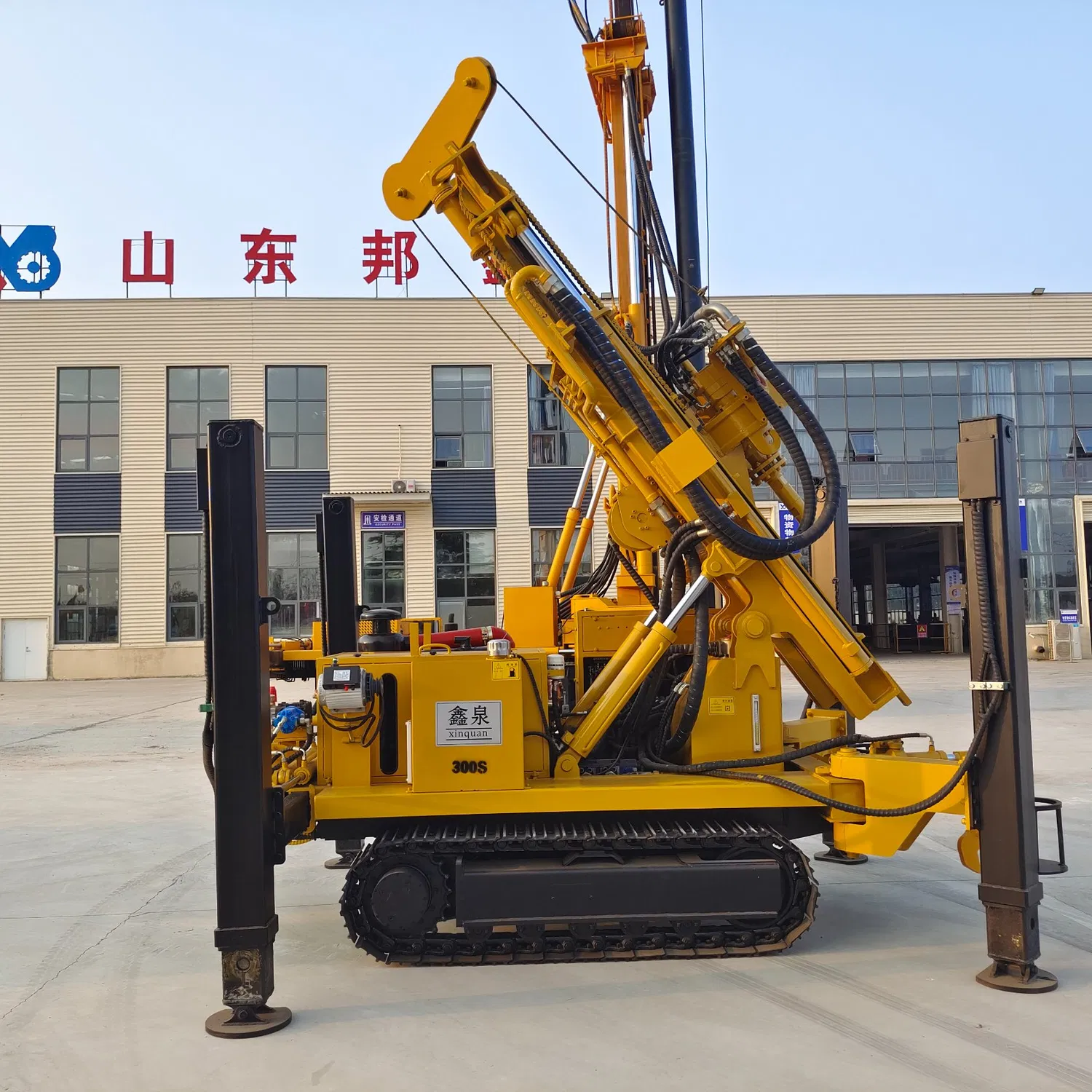The Core Role of Water Well Drilling Rigs in Hydrogeological Exploration
A water well drilling rig is key in hydrogeological exploration. It provides direct data via coring and pumping tests.
-
Obtain underground rock samples: It drills to different depths, getting intact cores. These show lithology, structure and porosity, guiding aquifer identification. In loose deposits, sand and clay samples distinguish phreatic and impermeable layers.
-
Measure groundwater depth and level: Drilled holes let direct measurement of depth and static level. Data from multiple holes maps water tables, showing flow and recharge.
-
Conduct pumping tests: With supporting facilities equipment, tests determine permeability and yield. One area’s 30 holes showed 50m³/h yield, proving development value.

Without the water well rig, exploration relies on surface observations only. A water well drilling rig ensures scientific, accurate data for groundwater studies.
